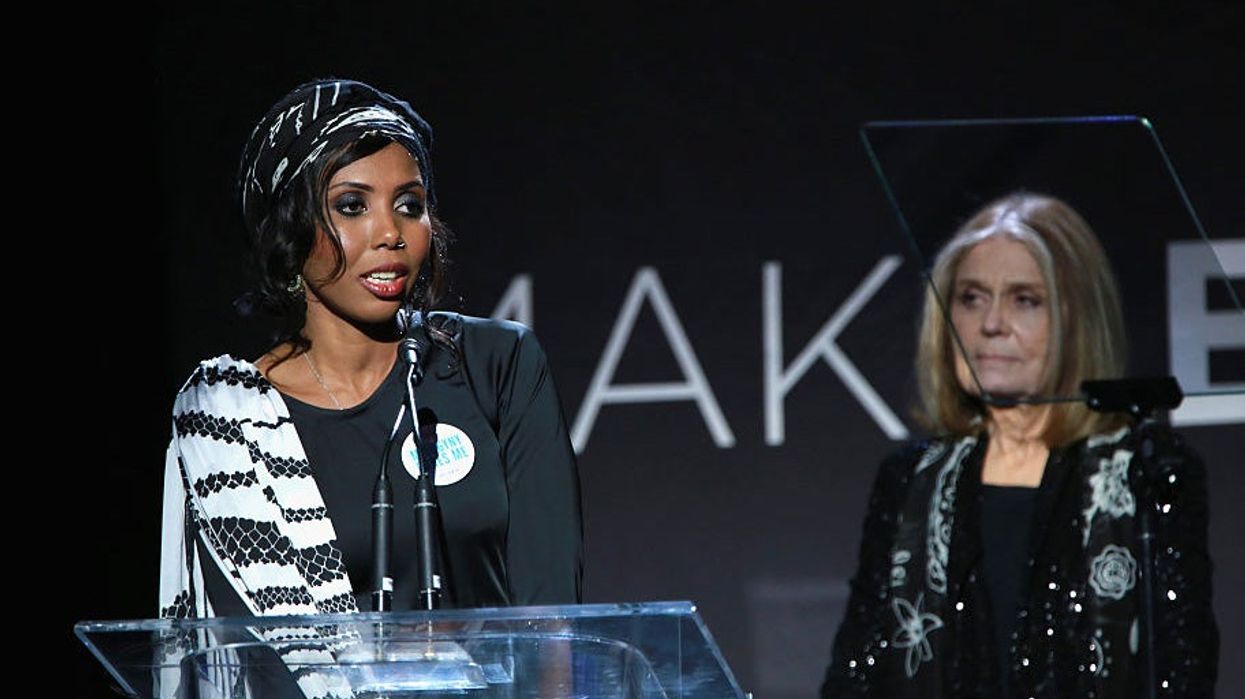News
Jaha Dukureh
Jun 16, 2018

Picture:
Jonathan Leibson/Getty Images for Equality Now
Op-ed by Jaha Dukureh, Regional UN Women Good Will Ambassador for Africa and Activist.
The turn of the century has introduced media as a means of global connectivity. Depending on who is utilising it, media channels may be unethical sources for false news, or it can be a way for families, friends and communities to connect.
Recently, media is also being used as a tool for ending harmful practices against girls and women. In recent years, two of the biggest media campaign’s in the history of The Gambia have involved protecting the rights of girls and women, namely the campaigns to end Female Genital Mutilation (FGM), and right after that, Child, Early, and Forced Marriage (CEFM).
Utilising media has always played a major role in the work my organisation, Safe Hands for Girls, does.
It’s been through media that our campaigns first gained traction and international recognition, and it has also been through media that FGM survivors have the platform to discuss what it means to be a survivor and what resources need to be put in place to support them and ensure that the practice of FGM no longer continues.
Our number one tool of outreach and mobilisation has been media. Throughout the years, we’ve hosted radio programs, plays, social media campaigns and media personnel training sessions just to name a few.
There has been an increased use of social media amongst young people, and this medium has been a very relevant tool to share information. Social media has helped to disseminate information about previous and current projects on ending FGM, and it has also helped secure partnerships with other organisations and people we currently work it.
It has served as a platform to run end FGM campaigns, and it has also been a means to dismantle outdated ideas that people have held about the practice. The use of social media is also a way to connect survivors with one another, so they may be able to support one another and also build on each other’s work.
It's been through media use that we’ve been able to have access to hard to reach target populations. One of our most successful programs, the Radio Listening Group targets older women who work in village farms and often don’t have access to our events or documents.
These women had very little access to news about FGM because of the nature of their work and didn’t have time to listen to the radio by the time they got home.
In order to reach them, we designed a radio program during their hours at the farm that talks about FGM. From there, we supplied each group with a mobile phone so that they have the opportunity to call into the show and discuss their views on FGM.
Through this, women in those communities had the opportunity to talk amongst each other on why they were for or against FGM and what the myths and misconceptions they held about FGM were.
This program inspired women within those communities to take lead in the advocacy process by arming them with knowledge on FGM and also the laws surrounding FGM.
The program has led to an increased change in attitude about FGM, with more women looking at the practice less favourably than they did initially.
Another crucial aspect of using media to influence change has been changing the language being used to report on FGM and other sensitive topics. The importance of training media personnel on socially conscious and survivor centred methods of reporting cannot be overstated.
In 2017, Safe Hands for Girls hosted the FGM Media Awards to recognise significant efforts made by individual journalists and media houses who reported on FGM and did so factually and holistically.
This was done to encourage reports to hold themselves at higher standards and to ensure that the information being spread on FGM would be beneficial in ending the practice.
If used the right way, media may be the most powerful tool we have in ending harmful practices against girls and women, such as FGM.
We have only scratched the surface, but I look forward to a future where people are more interested in stories being told with a socially conscious lens, that centres survivors
This article was published as part of impact journalism day, an international initiative involving more than 50 media outlets worldwide, highlighting local solutions to global problems and spreading stories in the first step towards change.
More: Afghan women writing for their rights
More: This woman is telling people what it feels like to undergo FGM
Top 100
The Conversation (0)













